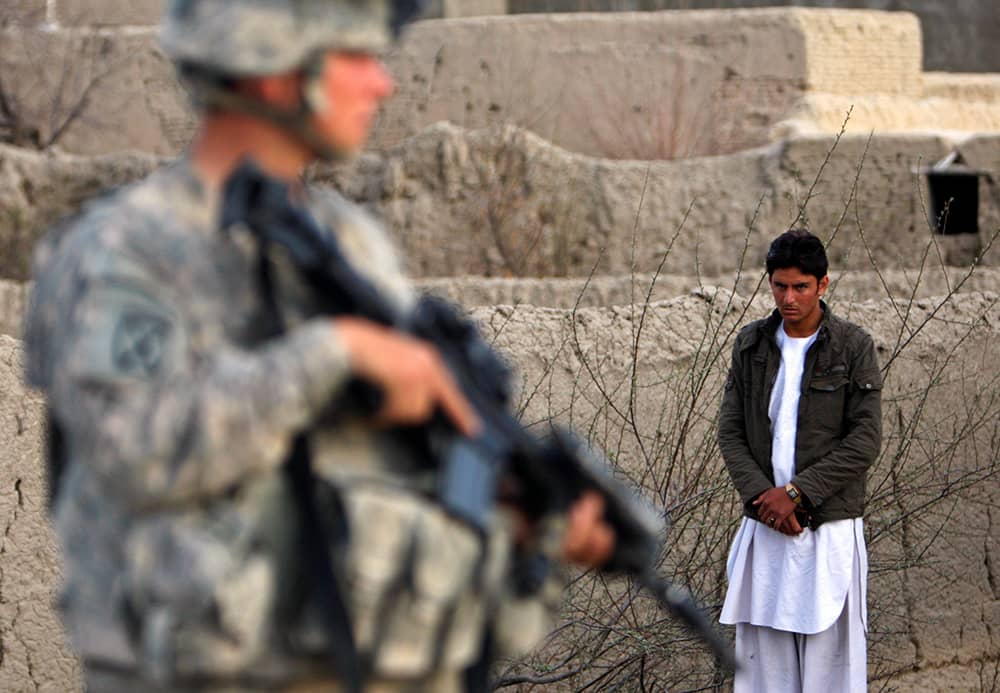The full ramifications of the poorly managed US withdrawal from Afghanistan—and the subsequent rout of the Afghan National Defense and Security Forces, leading to the rapid Taliban takeover in Kabul—are just beginning to register. But it is not too early to assess lessons learned. We did not properly discuss nor communicate options other than all-out war or full withdrawal, such as a small-scale, long-term military support and monitoring role under a NATO lead. Another issue was the unresolved debate over a “moral” foreign policy. This essay explores those lessons and outlines a future approach to such conflicts that sets aside the rhetoric of both soaring goals and lost causes.
On April 14, President Joe Biden announced the swift and unconditional withdrawal of remaining US and international forces dependent on US support from Afghanistan. UN Special Representative to the Secretary General for Afghanistan Deborah Lyons, during an August 6 special session of the UN Security Council, said the situation there had become a war “reminiscent of Syria, recently, or Sarajevo, in the not-so-distant past.” In the weeks since that statement was made, the Taliban have made their military conquest of the country complete.
The humanitarian picture is grim and getting worse. The Afghanistan Independent Human Rights Commission reported that civilian casualties had increased by 80% in the first six months of 2021 compared with the first six months of 2020. Substantiated reports of killings of civilians, especially those associated with the government, have been part of the Taliban’s campaign of terror. More than 300,000 internally displaced persons crowded into Kabul and other major cities, and many are now camped out at the airport or on the run toward the mostly-shuttered borders; the economy is collapsing as the Taliban choke off customs revenues. In the face of these events, an ongoing drought, and the raging COVID-19 pandemic, the government was triaging basic humanitarian relief and clearly failed to retain basic loyalties at the local level.
The indications are that Taliban rule will revert to the worst aspects of the pre-2001 era. Women and minorities, and those affiliated with the government or media, are already threatened with repression and marked for murder. Women’s ability to leave the house is restricted, schools and infrastructure have been destroyed, and there are credible allegations of forced marriages of young girls. The US Embassy Twitter feed on August 4 said reports that the Taliban had kidnapped and killed Afghanistan special forces soldiers and then forced their widows to marry Taliban fighters “if true … could constitute war crimes.” The Taliban have not let that stop them in the past.
Biden’s calculation appears to have been that a US withdrawal was better for American interests worldwide and would not necessarily lead to massive civil war—and that even if it did, we would be well out of it and Americans would not care about the human costs. The ramifications for US foreign policy in the future are many and wholly negative. It is one more example of our lacking strategic patience to see a difficult project through to a sustainable conclusion; of building up and then disillusioning those who worked with us and believed in us; and of aiding our adversaries by leaving a volatile area of the world without US influence. The imprint on others, especially extremists, will endure.
A Decision That Came From the Top
Although President Biden inherited withdrawal strategies from his two immediate predecessors, he took this to a new extreme. President Obama successfully ended the US military’s primary operational role in Afghanistan by 2015 but stopped short of pulling out forces. The Trump administration negotiated a 2020 deal with the Taliban that promised a full withdrawal of troops, but the agreement was conditional. Biden made this one of his first major foreign policy decisions, drawing on campaign promises to “end the forever wars,” but going beyond some campaign statements that he would consider leaving some troops behind for counterterrorism purposes. His April 14 order included a deadline for full withdrawal and an explicit delinking from conditions on the Taliban. Furthermore, it was extended to all US contractors responsible for maintaining vital Afghan National Army capabilities, which few in the US military had foreseen.
This categorical approach appears to stem from a longstanding animus toward militarized nation-building in general, and the Afghan leadership in particular, and was a top-down order to the bureaucracy that only Biden could have adjusted or reversed. The approach went against the advice of military leaders and a non-partisan study group commissioned by the US Congress. The approach appeared to have particular disdain for the military’s advice, which he believed was intended to trap civilian leaders in an indefinite morass—a lesson drawn from his time as vice president when Obama acceded to the military’s 2009 insistence on a troop surge.

People trying to get inside the Hamid Karzai International Airport in Kabul, on August 16. Photo credit: REUTERS/Stringer
The American desire to end our war in Afghanistan is bipartisan, uniting otherwise disparate factions of the left and right who embrace nonintervention and reject morality as a basis of foreign policy. It was politically easy.
But what about the administration’s conceptual theories of democracy, human rights, and rule of law, as well as working collaboratively with allies, elaborated in the March 2021 Interim National Security Strategic Guidance? The approach to Afghanistan certainly does not fit with the strategy of “defending our values around the world” by “working with our democratic partners.” The actual democracy in Afghanistan was relegated to moral equivalency with the insurgents as one faction among many when Biden asserted that “never has Afghanistan been a united country.”
Why Did It Go off the Rails So Quickly?
The tragedy in Afghanistan was accurately predicted, just not its speed. American leaders failed to factor in the psychological dimension of their course of action and how morale failure would accelerate a decline once it started. An insurgent force gains headlines for successfully destroying infrastructure or killing a government official, and governments are blamed for all breaches. The insurgent advantage of ignoring rules of war and international humanitarian law allowed the Taliban to effectively spread fear, causing the flight or surrender of civilian and military authorities. This, in turn, facilitated the takeovers of government offices—a symbolic achievement—making the population more afraid and less likely to resist. The Taliban assassination campaign succeeded in silencing voices in the media who might have rallied others. Meanwhile, repeated US statements that Afghanistan is “on its own” contrasted with Pakistan’s open support of its Taliban clients, so those who supported US-style rights and freedoms became convinced that they had no champion.
The Taliban walked away from substantive negotiations in April and continued using the intra-Afghan Doha talks merely as a delaying tactic, while setting in motion the most explosive phase of their insurgency once they knew NATO would not stand in the way. Starting in May, their forces spread out throughout the country attacking military outposts, key highways, and then provincial capitals—and the Afghan forces grew increasingly fearful and exhausted. Afghan government failures of logistics and leadership undermined their forces. At the same time, the yearslong campaign to disempower corrupt warlords meant that uprising forces that might have fought had less weight, and local players had questionable loyalty to the central government and quickly changed sides.
At crucial moments, US public messaging was incoherent and inconsistent on key issues regarding support to our Afghan allies, such as continuation of contractor support, airstrikes, and condemnation of Taliban atrocities. The drumbeat of attention starting in May, regarding Special Immigrant Visa processing issues and the addition of expanded refugee status for development and humanitarian workers, has both taken away State Department bandwidth for managing the wider human rights crisis and has become a self-fulfilling prophecy of making it appear that the only alternative for Afghans is to flee.
How Long Do Wars Last?
“Ending the forever wars” is a drumbeat dating back to the 2008 presidential campaign. Unhelpfully, successive US presidents either spoke of “winning” the war or made pledges to end our military involvement as if that would come without strategic consequences. Policymakers in the White House, Pentagon, or State Department who knew better, did not try hard enough to surmount this assumption and recast the narrative. What we should have been conveying was the reality of our nation as just one actor of many, within a larger multi-decade conflict that can only end through generational shifts and painfully achieved power realignments. Although American service members were fighting, dying, and being wounded through 2014 in large numbers, and calling it anything other than a war would have been incorrect, we continued to use that terminology, despite the end of our combat role and the requirements of defining a long-term strategy.
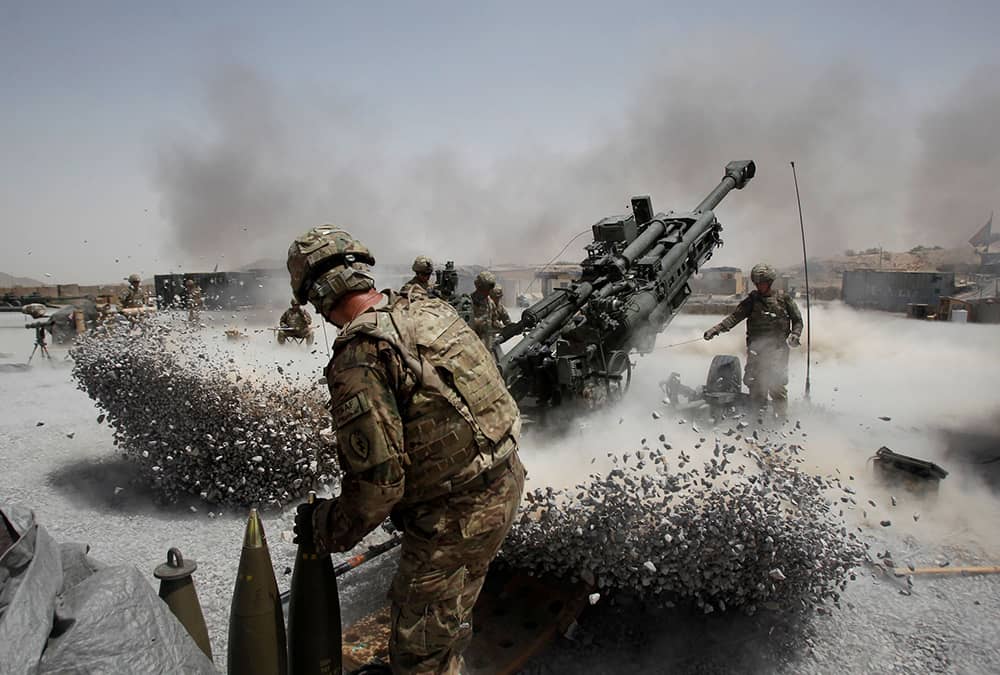
Photo credit: REUTERS/Baz Ratner
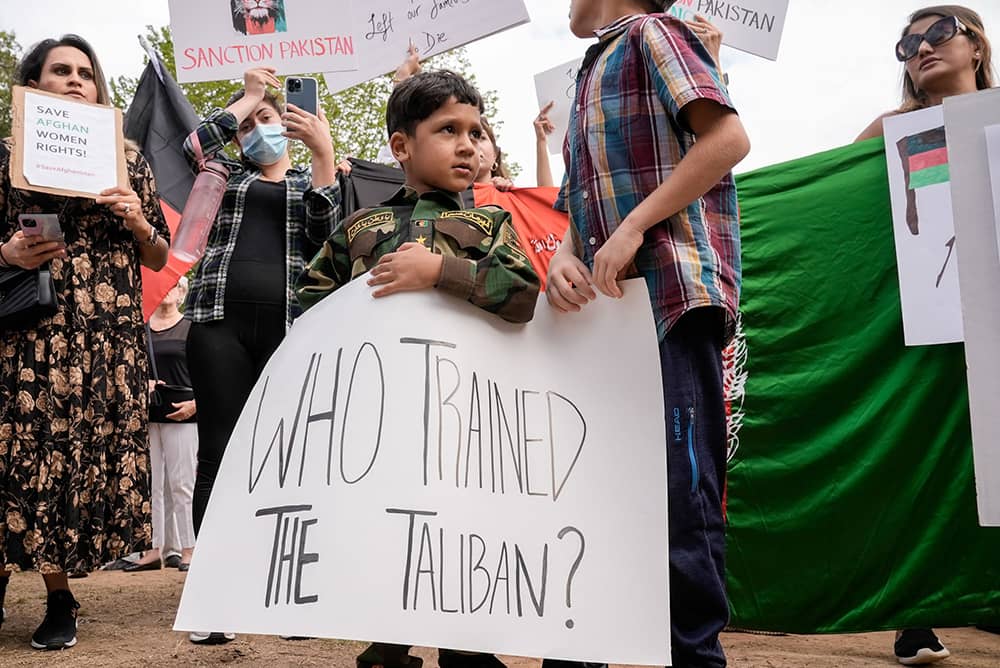
Photo credit: REUTERS/Ken Cedeno
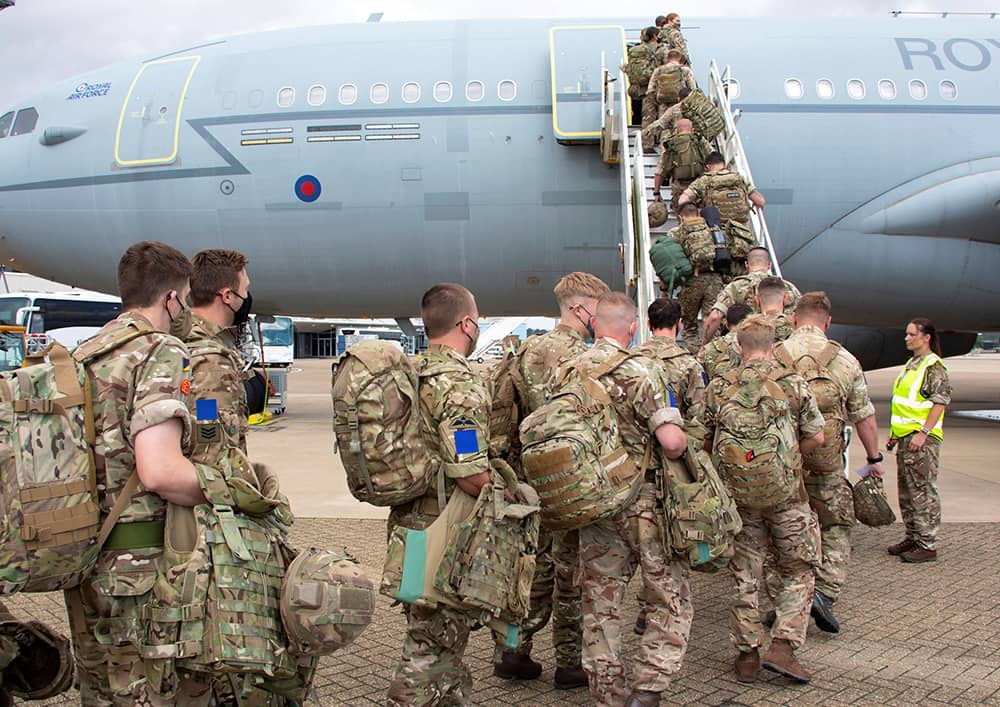
Photo credit: Sharon Floyd/RAF/UK Ministry of Defence 2021/Handout via REUTERS
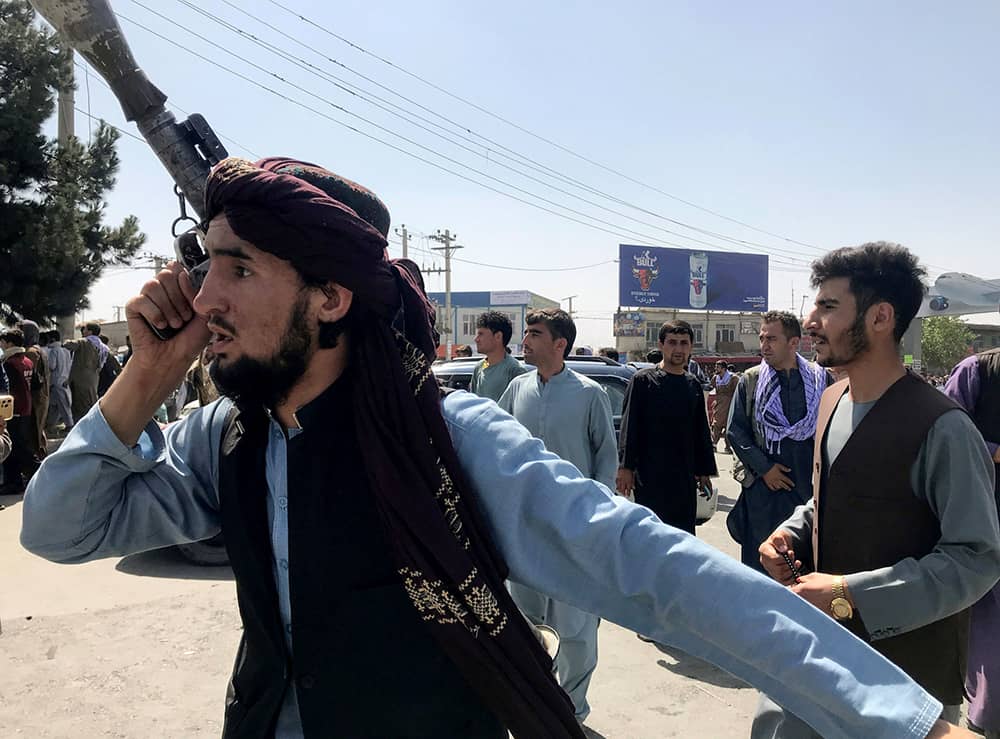
Photo credit: REUTERS/Stringer

The American political standard for our military’s engagement in certain international conflicts, and what we are capable of sustaining and for how long is selectively applied. For example, President Biden stated that one reason to leave Afghanistan was because “the United States cannot afford to remain tethered to policies creating a response to a world as it was 20 years ago,” but he was a leading architect in the 1990s of the still ongoing “war on drugs” in Latin America, with its active military component.
Military hawks and even pro-troop diplomats like me did not effectively communicate options other than all-out war or full withdrawal, such as a small-scale, long-term support and monitoring function under a non-US NATO lead, or a kind of “overwatch” role akin to the French in West Africa or our counterterrorism bases in the Sahel. And with four years effectively lost under the Trump administration to work collaboratively with NATO allies, coupled with a precedent of US dominance of the Alliance agenda in Afghanistan, very few alternatives were fleshed out with our partners.
US Policymaking and Wars of Choice
Democracy, human rights, and rule of law are functions of power relationships, and understanding the forces arrayed on both sides of a dispute makes all the difference between nice but useless declarations of solidarity and acts that give life and power to national advocates for freedom or peace. Although I worked for the State Department through a difficult period post-9/11 when our military dominated National Security Council problem-solving debates, I still advocate for the military toolkit as a fundamental element of foreign policy. In the case of Afghanistan in particular, it should have remained at the core of our policy until a better balance of power exists between the constitutional order and the Taliban, other terror groups, and their international patrons.
Another controversial issue is that of a “moral” foreign policy, conflated with idealism, nation-building, and efforts to offer US-style solutions to thorny international problems. There is a middle ground between that approach and ignoring the question of morality. Michael Walzer, in his 2018 collection of essays entitled A Foreign Policy for the Left, argues for the “internationalization of agency” so that “the relief of global poverty and the repair of global injustice should aim at producing men and women capable of helping themselves and determining their own political future.” In other words, the US should protect moderate reformers and human rights defenders so they are in a position to guide their own nations away from disaster, rather than imagine we have the only blueprint for success.
What Can We Learn From Our Afghanistan Failure?
There were other options open to the Biden administration, but they would have required not only a different mindset about war but also the courage to weigh the political cost of maintaining some US forces in Afghanistan against the human and strategic costs of abrupt withdrawal. As mandated by Congress, US policy actually requires this kind of thinking. The 2018 Elie Wiesel Genocide and Atrocity Prevention Act established a duty on the part of the US to identify, prevent, and respond to the risk of atrocities and even before the US withdrawal and Taliban rampage; the US Holocaust Memorial Museum’s Early Warning Project 2020 report listed Afghanistan as the country with the second highest risk in the world for mass killings. Congress also passed in 2019 the Global Fragility Act, which calls for a coordinated cross-government approach to prevention, the promotion of peacebuilding, and addressing drivers of conflict. None of these laws has been reflected in the way the withdrawal was executed.
The maintenance of a small US troop presence under NATO could have signaled our intention to eventually leave and could have been the cornerstone of a more successful Afghan government negotiating position in Doha and with the rest of the region. While some argue this would have inflamed the Taliban or Afghanistan’s neighbors, the facts of today show that argument as specious—they are doing whatever they want anyway. But it would have kept faith with Afghans who have risked their lives to promote values of free press and women’s education, and, by extension, showed reformers in other countries that they can depend on us.
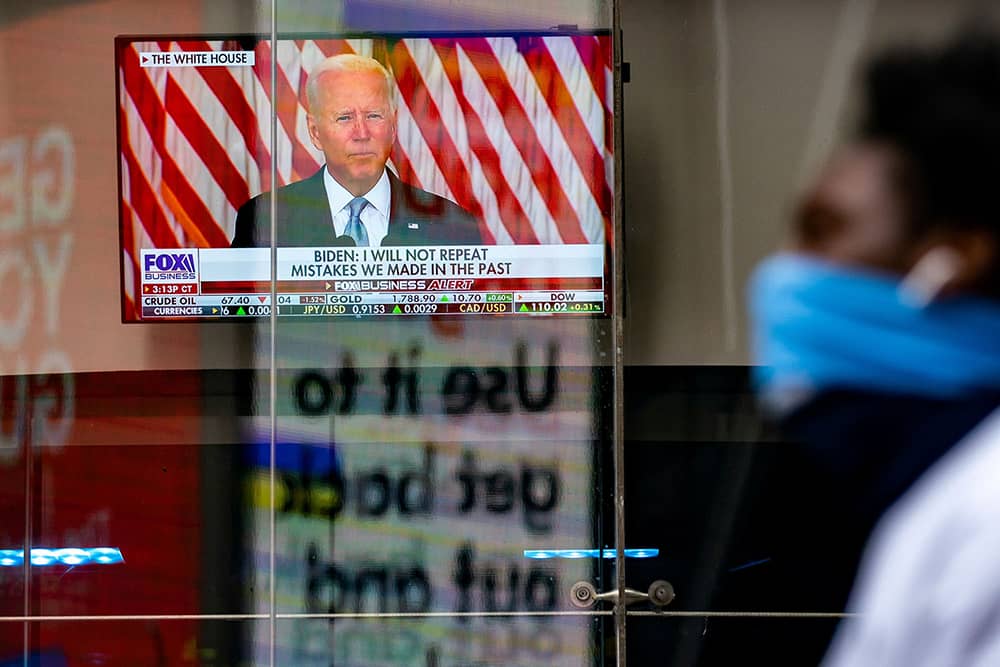
A screen displays President Biden’s remarks on the crisis in Afghanistan in Times Square in New York City. Photo credit: REUTERS/Jeenah Moon
We will pay the price for not considering the regional context. Our actions have unraveled the still-nascent South and Central Asia linkage that would have shored up Central Asian governments pushing back on international jihadi movements and the pressures of Russia, Iran, and China. Instead, in mid-August, Russia, Tajikistan, and Uzbekistan completed joint military drills on the Afghan border in direct reaction to the escalating violence, overtly referring to lessons learned from Syria, while Iran and China are poised to take economic advantage of their weaker neighbor’s natural resources. A flow of refugees may further complicate power balances in Turkey and Europe.
A future approach in Afghanistan should set aside the rhetoric of both soaring goals and lost causes and instead should focus on an understanding that a long-term engagement, including possibly an international military role, is essential for regional stability. The goal could have been an Afghan government that controls its territory, respects the human rights of its citizens, and forms the center of a strong and growing economic network of energy and trade links knitting together the interests of Central and South Asia. This is what Afghans had worked for, under the 2004 constitution and its enshrinement of individual rights. They would have been natural future allies for US and Western governments—but at this moment they are angry as never before at our perceived betrayal—and are reduced to running for their lives.
The opinions and characterizations in this piece are those of the author and do not necessarily represent those of the US government.
